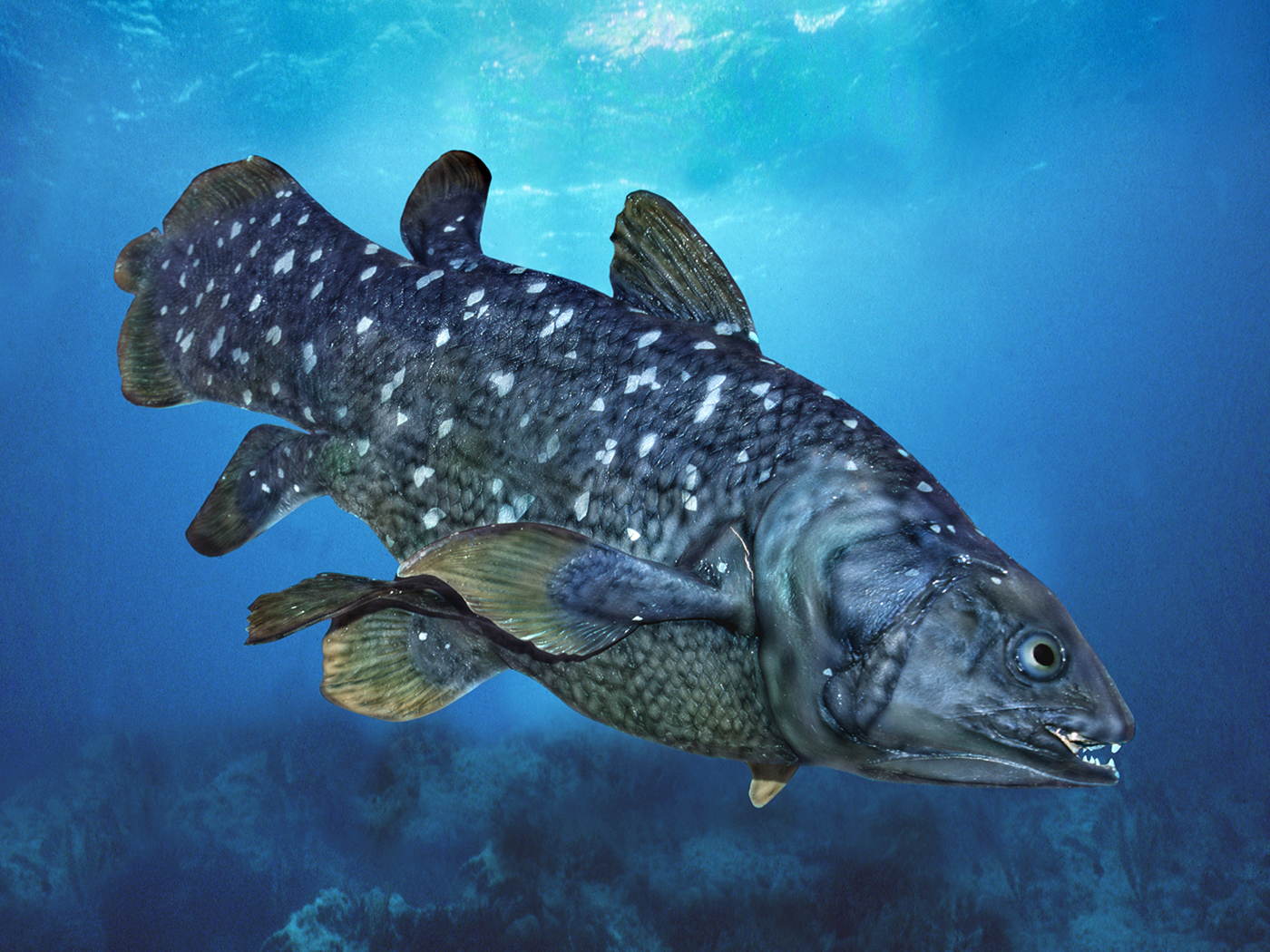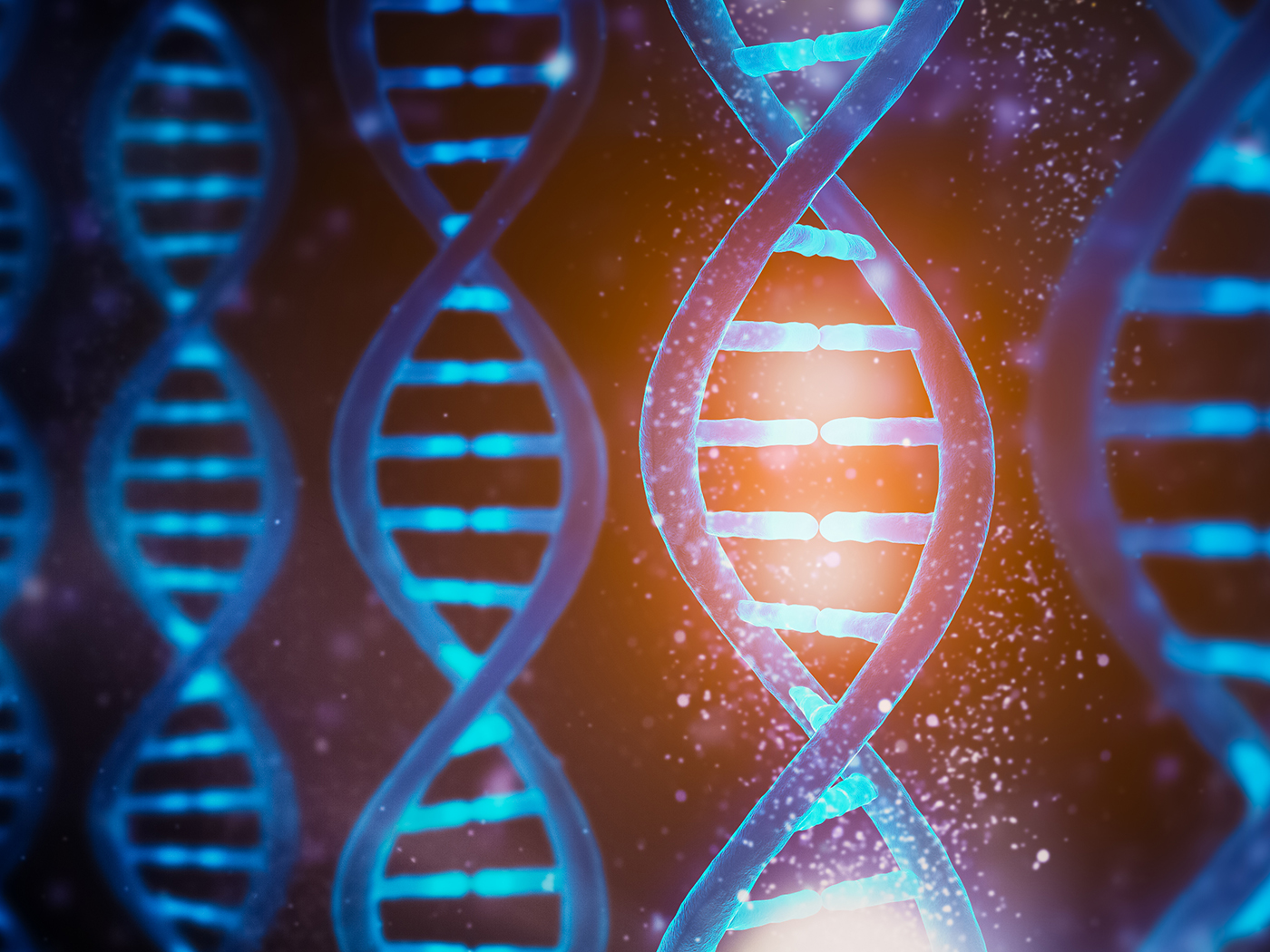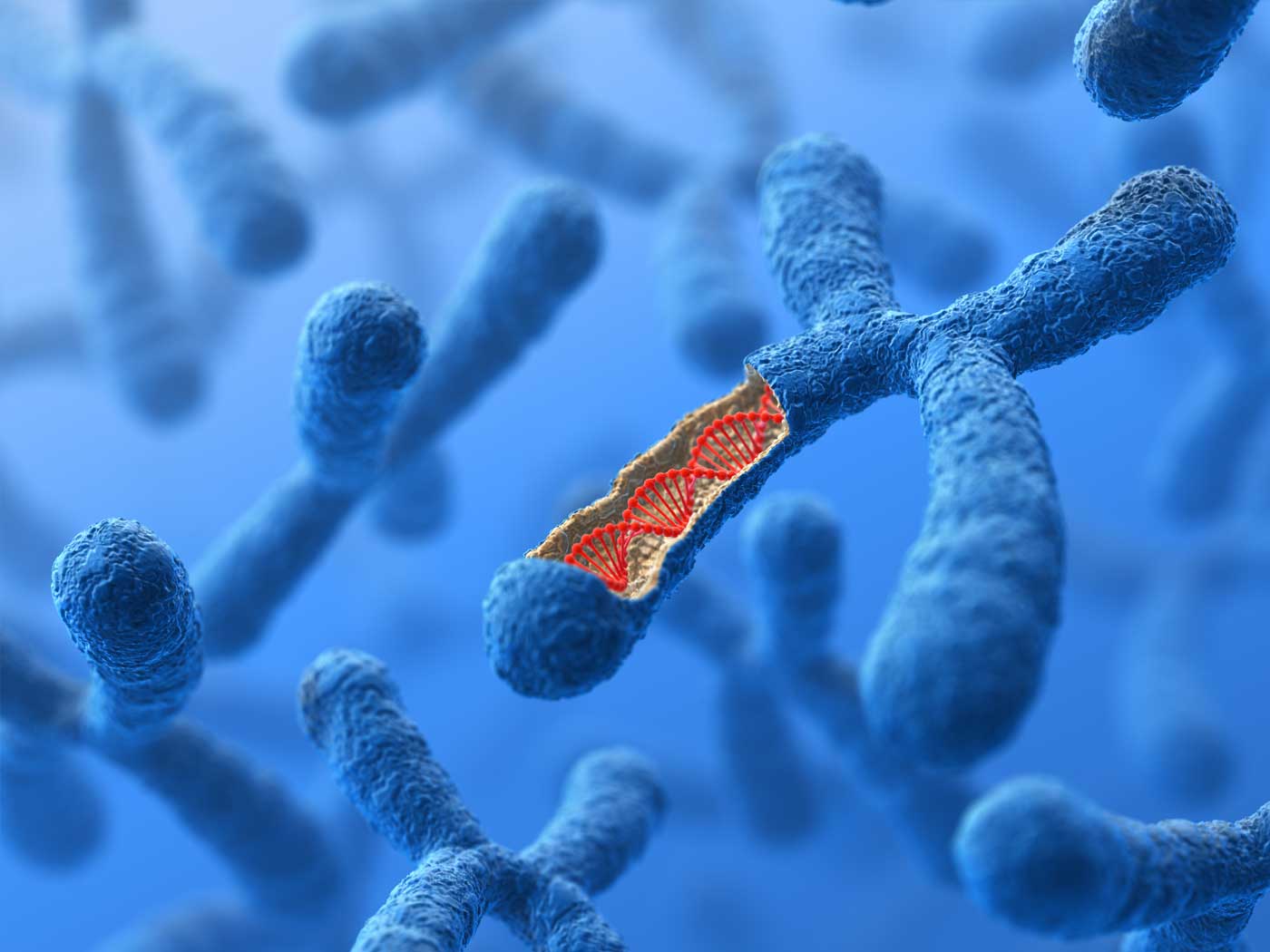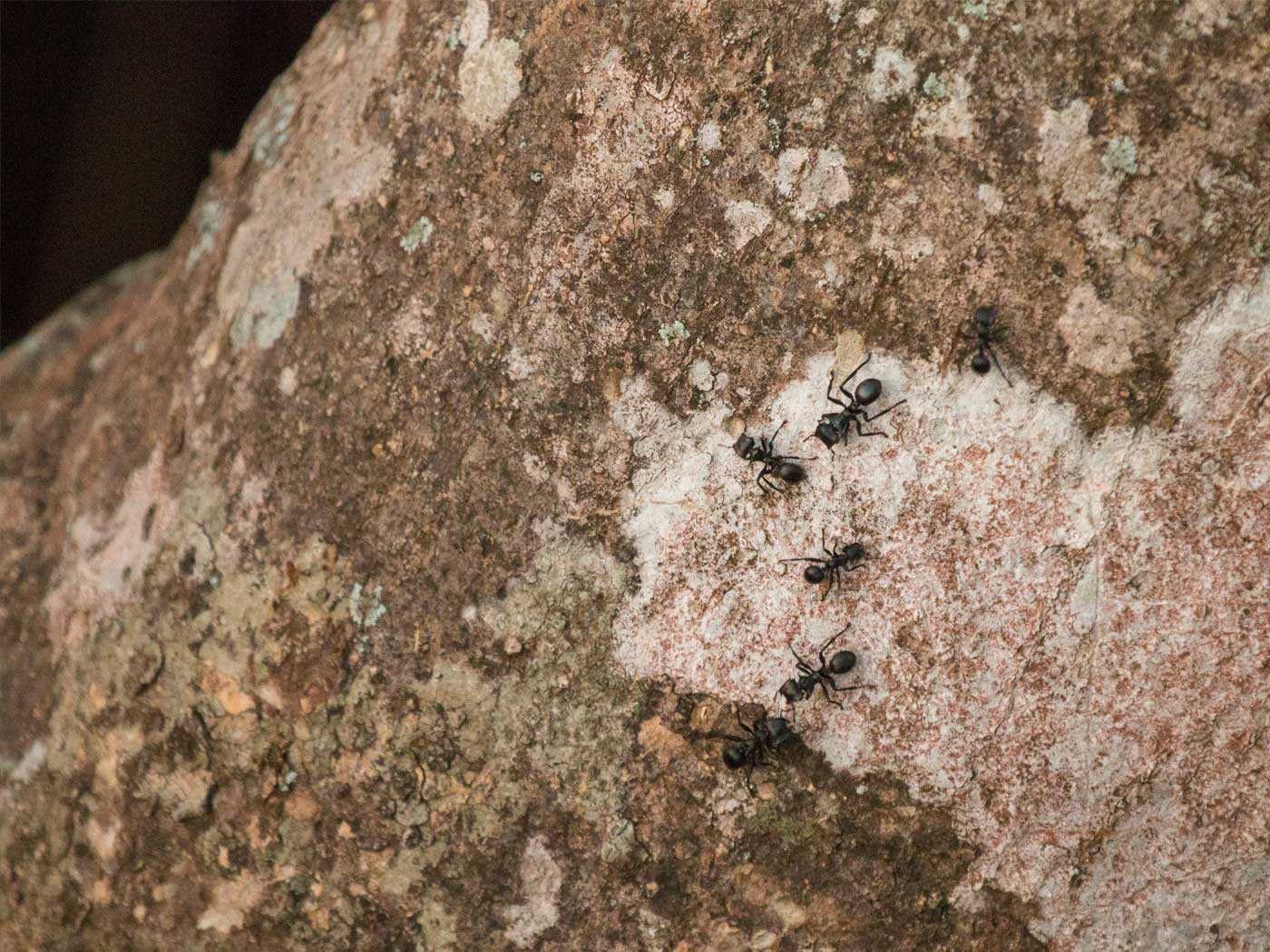How would you do if someone spun you around every few seconds all day long? Marine algae repeatedly get tossed about in coastal surf, and they cope quite well. Researchers want to find out how. The latest set of experiments has revealed built-in machinery that helps these single-celled creatures thrive amid the turbulence. Peering into the ways those cellular systems work invokes big questions about how those systems got there in the first place.
An international research team published their results of experiments on Heterosigmaakashiwo, known for its fish-killing algal blooms in coastal waters worldwide, in the journal Proceedings of the National Academy of Sciences (PNAS).1 They already knew that once a peaceful population gets stirred enough, it splits into two groups. About half the cells keep swimming upward while the other half heads down. So these researchers wanted to find out how the algae make this switch.
The team found that once a single cell turns around ten times, its little innards start to change. How do such small creatures even know they’re getting spun, let alone that they’re tumbling so much they need to retool their whole life strategy? In the wild, descending cells can reach sea floor muds and enter a vegetative state. With enough heat and light, they reanimate and swim toward the surface again.
The retooling happens quickly through an integrated array of inputs and outputs. A prior research group based in Korea wrote in 2002, “Most likely, the underlying signal transduction circuitry that effects a given survival response is composed of a networked system that relays information from multiple input cues.”2 What are these inputs?
Each of these algal cells has sensors that detect gravity so they know which way is down. Their light intensity meters inform their logic centers when to switch back to an upward-migrating mode.1 And yes, these bacteria come with onboard thermometers. They have nitrogen, phosphorus, and salt detectors. But what would these mobile microscopic laboratories do with all these data if they didn’t also have pre-loaded response plans?
The 2002 study authors wrote, “The organism must perceive selected environmental cues and transduce those signals into metabolic programs that determine which life history phase will optimize survival.”2 Algae programs include shifting from flat to pear-shaped bodies. They can grow into large or small forms. They leverage the fact that oil floats on water to manage oil content and control buoyancy. And if they tumble too much or get hit with too much light, they soon start swimming down.
Anupan Sengupta’s biophysics laboratory at the University of Luxembourg helped lead the PNAS author group in its quest for answers to questions of how outside factors like light and turbulence translate to specific internal changes in these algae. They found that too many reactive oxygen species (ROS) within the cell triggered the cells’ responses. ROS are chemicals that damage proteins and DNA. Cells generally come equipped to handle these otherwise lethal poisons. When that equipment inside H. akashiwo can’t catch up with ROS production, sensors detect the rogue ROS. Once levels reach a threshold, cells switch tactics and swim down.
All that tumbling squeezes and stresses the cells, generating ROS. Too much light has the same effect. The PNAS team measured the ROS threshold that causes algae to switch modes of life. When ROS levels reach 2.3 times the levels in standard upward migrating algae, about half the cells start shutting down and swimming down.1 Who set this and other internal thresholds?
In an online video explaining his results, Dr. Gupta said, “Modification of one or a combination of light levels, nutrient availability, or flow conditions—the key determinants of microbial health—have revealed that microbes have exquisite mechanisms to adapt to changes in their natural settings, all the while maintaining their basic fitness to execute their evolutionary function of environmental safekeeping.”3
Setting aside vacuous assertions about evolution, we can focus on the bigger question: Where did those “exquisite mechanisms” come from? What scientist has observed natural processes generate any mechanism from scratch, let alone exquisite ones—even miniaturized exquisite ones? Rather, exquisite mechanisms always come from exquisite planning. And this requires a mind that nature does not possess.
Stage image credit: Anette Engesmo et al., Phycologia. Copyright © 2016. Adapted for use in accordance with federal copyright (fair use doctrine) law. Usage by ICR does not imply endorsement of copyright holders.
References
1. Carrara, R. et al. 2021. Bistability in oxidative stress response determines the migration behavior of phytoplankton in turbulence. Proceedings of the National Academy of Sciences. 118 (5): e2005944118.
2. Han, M-S., Y-P Kim, and R.A. Cattolico. 2002. Heterosigmaakashiow (Raphidophyceae) Resting Cell Formation in Batch Culture: Strain Identity Versus Physiological Response. Journal of Phycology. 38: 304-317.
3. Microbes are crucial in tackling the climate crisis | Anupam Sengupta | TEDxUniversityofLuxembourg. Posted on youtube.com November 18, 2020, accessed February 3, 2021.
*Dr. Brian Thomas is Research Associate at the Institute for Creation Research and earned his Ph.D. in paleobiochemistry from the University of Liverpool.
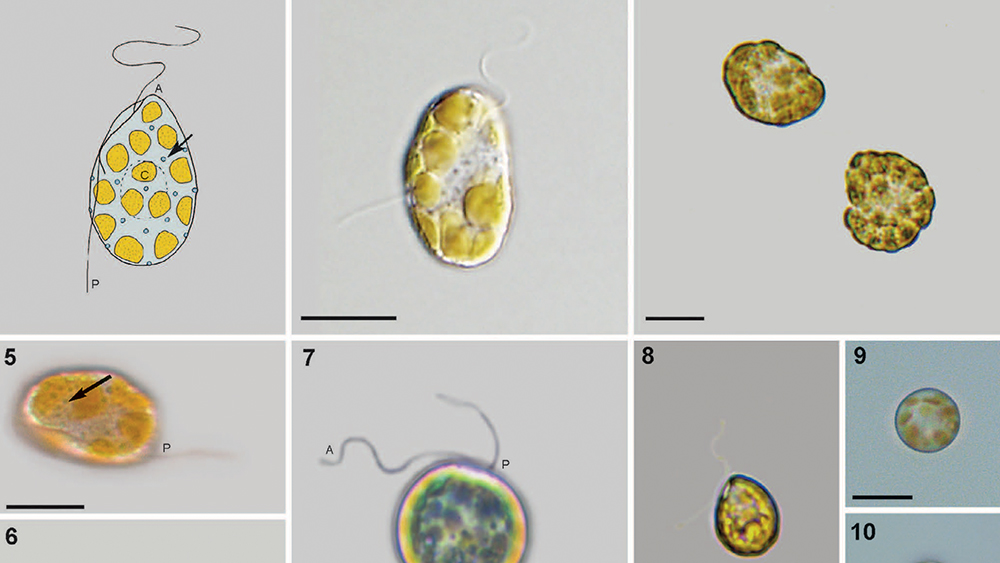
How Algae Do Fine When Tossed at Sea
The Latest
CREATION PODCAST
Ernst Haeckel: Evolutionary Huckster | The Creation Podcast:...
Ernst Haeckel, a German Zoologist, is famous for developing a series of images of embryos in development called Anthropogenie. These images,...
Bees Master Complex Tasks Through Social Interaction
Bees are simply incredible.1,2 These little furry fliers challenge the very foundation of Darwinism in many diverse ways.
Bees have been...
The Tail of Man’s Supposed Ancestors
Although it has been known for decades and despite insistence to the contrary from the evolutionary community, man—Homo sapiens—has never...
When Day Meets Night—A Total Success!
The skies cleared above North Texas on Monday, April 8, for a spectacular view of the 2024 Great American Solar Eclipse. Hundreds of guests joined...
The Sun and Moon—Designed for Eclipses
Before discovering thousands of planets in other solar systems, scientists tended to assume that other solar systems would be very similar to our own....
Let ICR Help You Prepare for the Great American Solar Eclipse!
On Monday, April 8th, the moon will move directly between the earth and the sun, resulting in a total solar eclipse visible in northern Mexico, much...
Total Eclipse on April 8th
“You alone are the LORD; You have made heaven, the heaven of heavens, with all their host, the earth and everything on it, the seas and all that...
CREATION PODCAST
Dismantling Evolution One Gear At A Time! | The Creation Podcast:...
The human body is a marvel of complexity and the more we learn about it, the more miraculous our existence becomes! Can evolution explain the...
April 2024 ICR Wallpaper
"He appointed the moon for seasons; The sun knows its going down." (Psalm 104:19 NKJV)
ICR April 2024 wallpaper is now available...
Creation's Easter Message
While many Christians still consider the creation doctrine a fringe issue, a proper understanding of the Christian message finds creation at its core...






